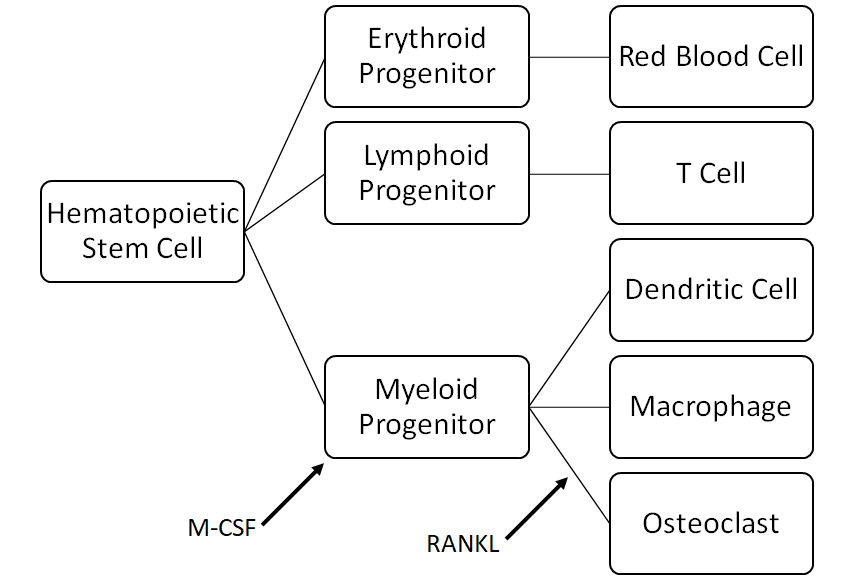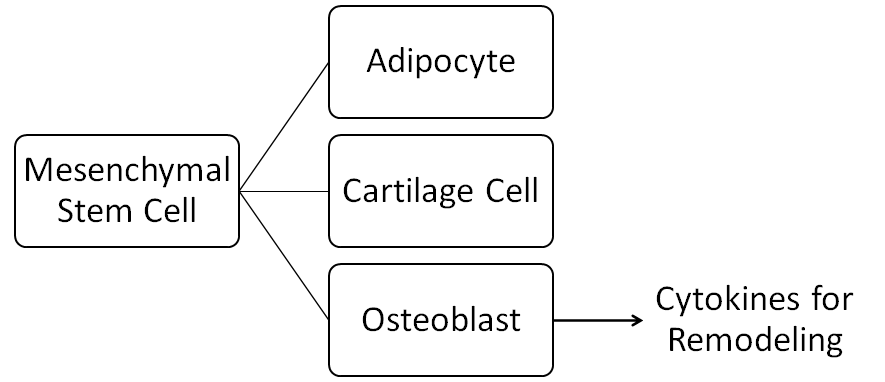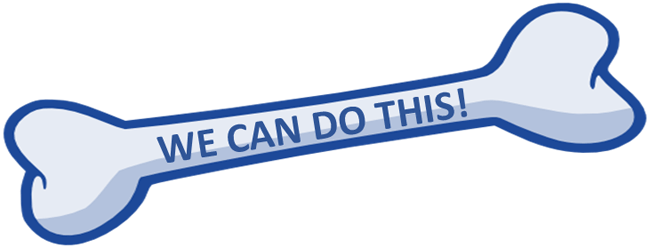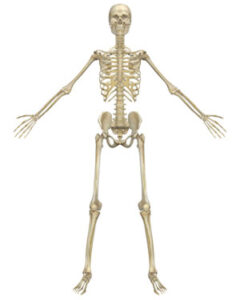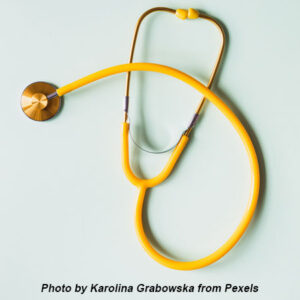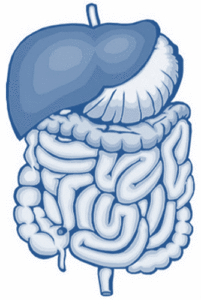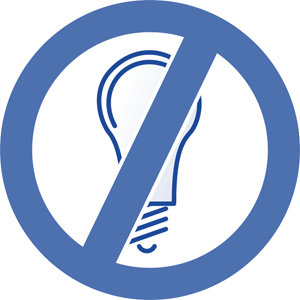I envy people who consistently get a good night’s sleep. My dad was one of those folks. He felt he’d had a rough time getting to sleep if it took him 5 minutes to nod off. I can lie awake for hours waiting for Mr. Sandman to show up and bring me a dream. As I’ve recently gotten the message – again – about the importance of a good night’s sleep, I’m putting more effort into it. And I‘m also relying on expert advice from Dr. Michael Breus, author of Good Night: The Sleep Doctor’s 4-Week Program to Better Sleep and Better Health and host of Wondrium’s Sleep Better with Dr. Michael Breus.
Sleep consists of a five-stage cycle that takes 80-120 minutes and repeats 4-6 times per night. We need the experience of all five stages to be mentally and physically restored upon awakening to start a new day. They are:
- Stage I: As we drift off to sleep, the brain’s electrical activity slows down as does our eye and jaw muscle movement.
- Stage II: We get a light yet restful sleep during which our body temperature lowers and our muscles relax.
- Stage III and IV: This deep, slow wave sleep allows for bodily restoration.
- Stage V: Rapid Eye Movement or REM sleep supports the neural network’s processing and organization of memory. It’s the period during which our eyes twitch and we experience our most intensive dreaming.
Dr. Breus tells us that loss of a mere 90 minutes of good quality shut-eye can make us one-third less alert during the ensuing day. It also messes with our eating habits. Inadequate sleep boosts ghrelin (the hunger hormone), downregulates leptin (the satiety hormone), and stimulates consumption of fatty, sugary, starchy foods. In addition to the risk of weight (fat) gain, our ability to process glucose drops 30%, causing sugars to circulate in the blood. Yikes!
What are some of the common causes of a poor night’s sleep?
- Inconsistent sleep habits may have us going to bed and awakening at different times every day, making it difficult for the body to regulate its 24-hour sleep-wake cycle (a.k.a. circadian rhythm).
- We may be trying to sleep at times that are inconsistent with our chronotypes, i.e., our natural propensities to sleep at certain times during a 24-hour period. (As I can attest, night owls do not do well in a morning person world!)
- The foods and beverages we consume may interfere with sleep.
- Our bed partners may disrupt our nocturnal mojo.
- We may be spending too much time in bed or napping to excess and find that we just aren’t sleepy when it’s time to go to bed.
- We may have a bona fide sleep disorder that requires professional intervention.
In the next couple of posts, I’ll share some of Dr. Breus’ recommendations for improving sleep. These practices take a little time and effort to put in place, and their efficacy may vary from person to person. Some combination of them might work for folks like me. In the meantime, if you have one of those nights where you’re struggling to get to sleep, here are some things to try:
- Practice mindfulness to steady the mind and alleviate distractions. Focus on the breath and return to it every time you sense the mind has wandered.
- Listen to a bedtime story. It can draw your attention away from random thoughts and mental rabbit holes without providing the kind of stimulation that engages your attention. I resisted the idea when first presented to me, but it has proven quite effective. That being said, I usually fall asleep before I hear the end of the story and wonder what happened!
- Breathe in for a count of 4 and hold for a count of 7 to fill the lungs with oxygen. Breathe out for a count of 8 to activate the parasympathetic nervous system. The latter helps calm the body.
- Count back from 300 by 3s.
- Keep a worry journal by your bedside. Worries may show up at night because you’re too busy during the day to pay attention to them. Jot them down, and then tell yourself that you’ll handle them in the morning.
- Try not to stress out about not sleeping. Tell yourself it’s O.K. to simply relax and enjoy a restful moment.

